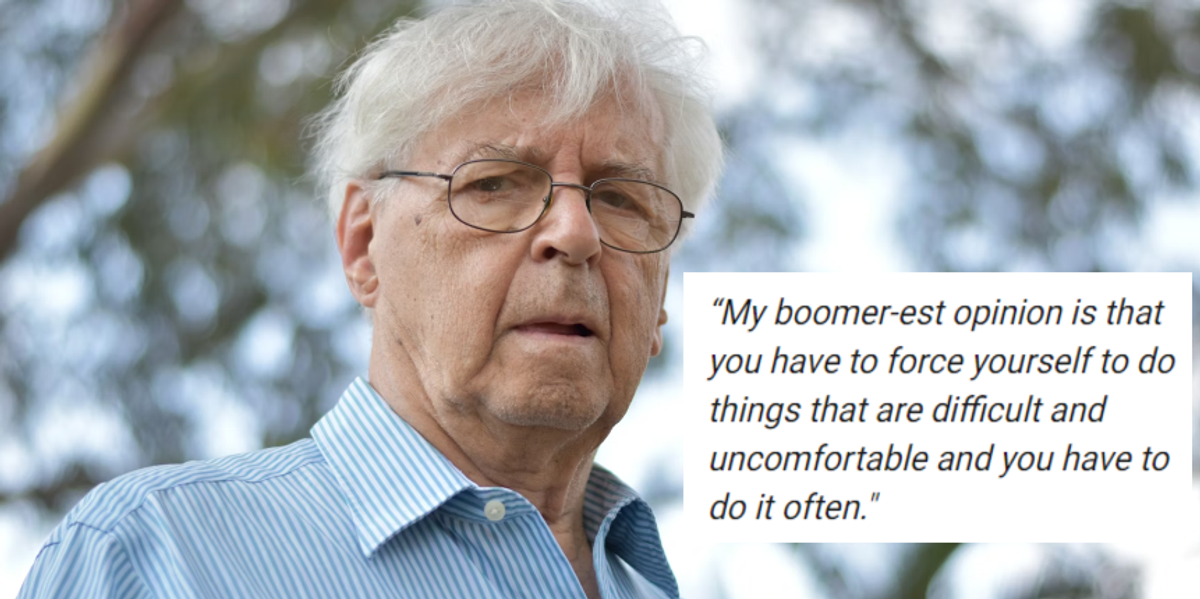On Jan. 1, more than 22,000 Minnesota home care workers saw their wages rise to $19 an hour as part of the largest pay raise negotiated with the state since unionizing in 2014. Nearly half of those workers had been making $15.25 an hour, and the 25% pay bump promised to make up for three years of high inflation and then some.
But the raises came with a catch: Many workers’ incomes rose above the threshold for safety net programs they rely on like MinnesotaCare, the state’s heavily subsidized health insurance program for low-wage workers.
“I was right at that cliff and it dumped me over,” said Alicia Clark, a full-time personal care attendant in Minneapolis.
Clark turned to the state’s individual insurance marketplace, MNSure, but learned she would have to pay more than $400 per month for coverage.
With finances already tight, there just wasn’t anything she thought she could cut back on. She doesn’t have any chronic conditions, so she took her chances and went without health insurance.
Then, just a few weeks before her MinnesotaCare coverage expired, she suffered a medical emergency after stepping on a piece of glass in her kitchen. The wound became infected, and the infection spread to her entire leg. She had an allergic reaction to the first round of antibiotics, and then the infection became so bad she had to go to the emergency room after her coverage lapsed.
“Now, I’m sitting with like $5,000 worth of doctor bills,” Clark said.
The experience has left her baffled. The state funds Clark’s work caring for her adult son, who’s severely autistic, and his father, who suffers from chronic kidney failure and other health problems. She helps them both with bathing, eating, cleaning and other basic tasks, which allows them to live at home.
“How can they take away insurance when you’re working for the state?” Clark said. “You’re taking care of people through the state.”
She’s grateful for the program because she believes she can provide the best care for her son, and because his behavioral problems make working another job hard to manage so long as he’s living with her. When she worked as a certified nursing assistant at a nursing home, her son’s school frequently called during the workday asking her to come pick him up.
Since becoming a personal care assistant full time, her pay has kept her close to the edge of being able to afford basic living expenses. She was looking forward to some extra breathing room with the pay bump to $19 an hour plus another $1 per hour raise to follow in 2025. Losing health insurance feels like a step back.
“You can’t have everything your way, and I understand that… I didn’t ask to have a disabled son. It happened. You don’t ask for your family members to get sick in the middle of their life … It happens,” Clark said. “At the same time, I just wish that things were a little easier out here for people.”
Alicia Clark chose to take her chances without health insurance and then suffered a leg infection after stepping on a piece of glass that led to $5,000 in medical bills. Photo by Max Nesterak/Minnesota Reformer.
SEIU Healthcare Minnesota & Iowa, the union that represents workers in the PCA Choice program and negotiated the historic pay increase, is part of a broad coalition of progressive groups that have been pressing state lawmakers to create a public option that would allow more than 100,000 workers to buy into MinnesotaCare.
House Majority Leader Jamie Long, DFL-Minneapolis, introduced a bill earlier this year (HF4745/SF4778) to create what he said would be the best public option in the country starting in 2027. Under the proposal, workers making more than the current cut off for MinnesotaCare — 200% of the federal poverty level or about $29,000 for a single person — would be able to enroll in the state insurance.
The majority of the program would be paid for through people’s premiums set on a sliding income scale, as well as federal subsidies. The state would also have to chip in $208 million in the first year, $246 million in 2028 and $273 million in 2029 to subsidize the coverage, according to a state fiscal analysis.
The proposal faced opposition from the insurance industry, which said they would be knocked out of the individual marketplace by the state’s lower rates, as well as by health care systems, which said MinnesotaCare’s lower reimbursement rates would force them to raise prices for other customers.
Some Democrats also voiced opposition to the proposal, arguing the relatively limited number of workers it would help didn’t justify the high cost to taxpayers.
Sen. John Marty, DFL-Minneapolis, was one opponent of the public option as drafted, which he says simply dumps more money on a broken health care system without reining in exorbitant costs. Instead, he wants to see Minnesota move to a single-payer system and eliminate the employer-based health insurance system.
“The only way you expand [MinnesotaCare] is by paying more, and to me, we’re spending too much on health care already,” Marty said in an interview earlier this year.
The public option bill stalled out because it didn’t have a clear funding source for the subsidies. Democrats also couldn’t even muster enough support in the Senate, where they have a one-seat majority, to pass a consolation bill directing the state Department of Commerce to take the next step in the process of expanding MinnesotaCare by applying for a federal waiver.
A spokeswoman for the Department of Commerce said the agency is still moving forward with applying for a federal waiver, but it likely won’t be submitted until next year.
Even if the waiver is granted, funding an expansion of MinnesotaCare is dependent on Minnesota Democrats keeping control of the House in the election this fall and convincing the skeptics in their ranks that it’s money well spent.
In the meantime, home care workers and thousands of other low-wage workers will have to make a difficult choice: work less or lose affordable health insurance.
For some, like long-time personal care attendant Venis Gibby, there isn’t much of a choice at all. As a kidney transplant recipient, she has to maintain health insurance to afford on-going treatment and as a condition of receiving another kidney should hers fail again.
“If I go without insurance, then I will be put on a list where I could never get a transplant again,” Gibby said. “I’m hovering at that spot where my kidney is only functioning at 30%.”
The pressure Gibby feels to keep her income from rising is compounded by the prospect of losing the rental assistance she receives through a Section 8 housing voucher — but still not making enough to comfortably afford rent in Duluth.
Gibby would rather work. She says she’s worked full time through all of her health issues. But starting this year, she grudgingly cut back her time caring for two different clients to 24 hours a week.
“I want to work and be productive even though I have medical stuff.” Gibby said. “When I don’t work, it just sinks you into depression.”
The impossible choice between wages and health care threatens to exacerbate an already critical shortage of home care workers in the state. Drawing more people into the profession with higher wages was part of the pitch for raises. There were more than 6,000 job vacancies for home health aides and personal care aides in 2023, according to the most recent state data.
The union contract will raise wages to $20 an hour starting in 2025. It’s a raise Gibby says is well-deserved, but she won’t get to enjoy. Instead, she’ll have to cut back her hours even more, while prices continue to rise.
“I basically struggle so much I don’t even get to do anything fun anymore,” Gibby said.



/dq/media/agency_attachments/UPxQAOdkwhCk8EYzqyvs.png?w=360&resize=360,270&ssl=1)
